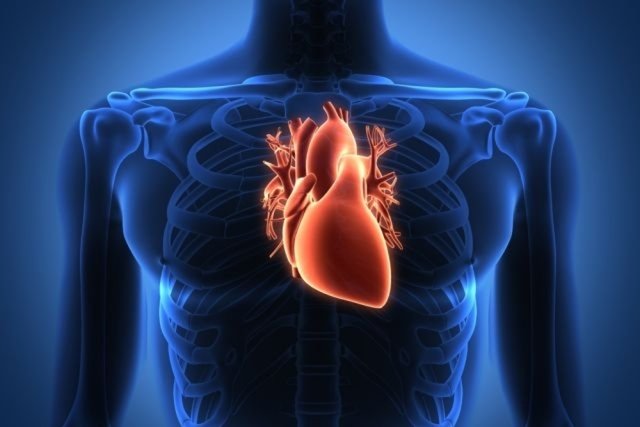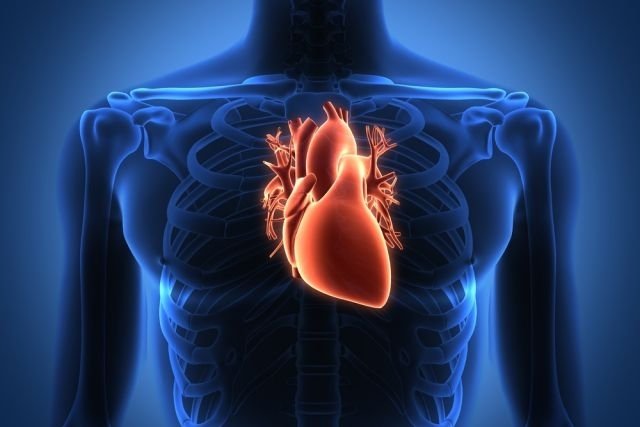Cholesterol is a type of fat present in the body that is essential for its proper functioning. Basically, there are 2 types of cholesterol, good cholesterol, also called HDL, and bad cholesterol or LDL.
Both types of cholesterol must be found circulating in the blood for the body to function properly, however when the amount of HDL is low or the amount of LDL is very high, the risk of developing cardiovascular diseases increases. Therefore, it is important that blood cholesterol levels are checked periodically as directed by your doctor.

Good cholesterol: HDL
HDL, also called High Density Lipoprotein or good cholesterol, works by removing fat molecules, including bad cholesterol, and taking them to the liver, where they are metabolized and eliminated from the body. In this way, HDL prevents the accumulation of fat in the blood vessels, preventing the occurrence of cardiovascular diseases, such as atherosclerosis or heart attack, for example.
Therefore, it is recommended that HDL values be above 40 mg/dL in both men and women to avoid diseases. To improve HDL cholesterol levels in the blood, it is recommended that foods rich in this type of cholesterol be consumed, such as avocado, chestnuts, peanuts, salmon and sardines, for example. Check out some tips to increase good cholesterol.
Colesterol ruim: LDL
LDL, also called Low Density Lipoprotein or bad cholesterol, is important for the proper functioning of the body, as it helps in the process of hormone formation. However, when LDL values are high, the risk of cardiovascular disease increases, as it promotes the oxidation of fat cells and, thus, favors the formation of plaques within blood vessels.
It is important that LDL levels are monitored and that the person practices physical activity and avoids consuming fried foods, soft drinks and very fatty foods, for example, to prevent the circulating amount of bad cholesterol from increasing. Learn how to lower LDL levels.
Cholesterol reference values
The reference values for good and bad cholesterol are:
- Good cholesterol (HDL): ideally, it should be above 60 mg/dL, however values above 40 mg/dL are already considered good;
- Colesterol ruim (LDL): Ideally, it should be below 130 mg/dL. In people who smoke, have high blood pressure, diabetes, obesity or arrhythmia, for example, it is recommended that the maximum LDL value be 100 mg/dL.
Enter the results of your cholesterol test into the calculator below to find out if your cholesterol is within the recommended values:
Cholesterol levels must be assessed by the doctor through a blood test, which, in addition to checking HDL and LDL levels, informs the values of triglycerides and total cholesterol. See more about what cholesterol is and reference values.
To maintain adequate cholesterol levels, it is important to eat a healthy diet, low in fat and sugar, and avoid a sedentary lifestyle, practicing physical exercise regularly. In some cases, your doctor may recommend the use of cholesterol-lowering medications.
Bibliography
- BRAZILIAN SOCIETY OF CARDIOLOGY. Update of the Brazilian Guideline on Dyslipidemia and Prevention of Atherosclerosis. 2017. Available at: <http://publicacoes.cardiol.br/2014/diretrizes/2017/02_DIRETRIZ_DE_DISLIPIDEMIAS.pdf>. Accessed on September 15, 2020
- BRAZILIAN SOCIETY OF CLINICAL ANALYSIS. Brazilian Consensus for the Standardization of Laboratory Determination of Lipid Profile. 2016. Available at: <https://www.pncq.org.br/uploads/2018/consenso_jejum_dez2016_final.pdf>. Accessed on June 5, 2020
- BRAZILIAN SOCIETY OF CLINICAL ANALYSIS. Clarification note – Lipid Profile. Available at: <http://www.sbac.org.br/blog/2017/01/03/nota-de-esclarecimento-perfil-lipidico/>. Accessed on June 5, 2020
-
Referring to: “Cholesterol Index Calculator”:
- BRAZILIAN SOCIETY OF CARDIOLOGY. Update of the Brazilian Guideline on Dyslipidemia and Prevention of Atherosclerosis. 2017. Available at: <https://www.scielo.br/pdf/abc/v109n2s1/0066-782X-abc-109-02-s1-0001.pdf>. Accessed on September 15, 2020

Sign up for our newsletter and stay up to date with exclusive news
that can transform your routine!
Warning: Undefined array key "title" in /home/storelat/public_html/wp-content/plugins/link-whisper-premium/templates/frontend/related-posts.php on line 12
Warning: Undefined array key "title_tag" in /home/storelat/public_html/wp-content/plugins/link-whisper-premium/templates/frontend/related-posts.php on line 13




